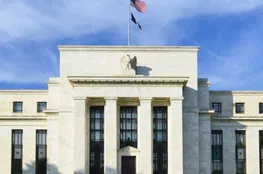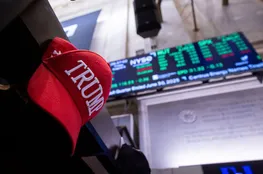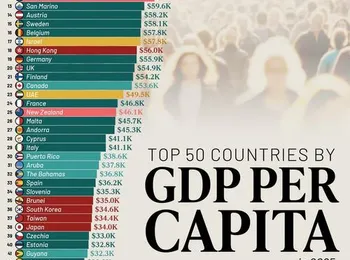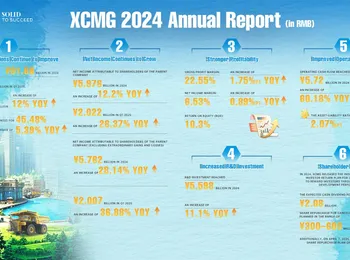Treasury Secretary Scott Bessent has expressed significant optimism regarding the burgeoning stablecoin market, predicting a market capitalization exceeding $2 trillion as a Senate bill advocating for dollar-pegged cryptocurrencies moves forward. During a recent testimony before the Senate Appropriations Committee, Secretary Bessent emphasized the Trump administration’s commitment to maintaining the dollar’s position as the world’s dominant reserve currency. He stated, "I believe stablecoin legislation backed by U.S. Treasuries or T-bills will create a market that will expand U.S. dollar usage via these stablecoins globally." Bessent’s projections align closely with those of Standard Chartered, a leading multinational bank, which forecasts a market expansion from its current $254 billion valuation to a staggering $2 trillion by the end of 2028. Notably, Bessent previously forecasted that stablecoins could generate $2 trillion in demand for U.S. treasuries and treasury bills within the short term, highlighting the potential for substantial financial flows. This momentum is underscored by a recent Senate vote of 68-30 to invoke closure on a substitute amendment to the GENIUS stablecoin bill, demonstrating a strong push towards regulatory clarity. Senate Majority Leader John Thune (R-S.D.) is aiming for swift passage of the bill, anticipating prompt action from the House of Representatives before it reaches President Donald Trump’s desk. The proposed legislation represents a crucial step in establishing the initial regulatory framework for stablecoin issuers – digital tokens intrinsically linked to fiat currencies, such as the U.S. dollar. Currently, Tether USDT/USD holds the top spot by market capitalization within the stablecoin landscape.
The anticipated regulatory framework is expected to provide stability and legitimacy to the growing stablecoin market, fostering wider adoption and attracting significant investment. This move towards regulation is a key factor driving confidence among investors and institutions exploring the potential of these digital assets. Furthermore, the Senate’s prioritization of this legislation signals a broader recognition of the evolving role of cryptocurrencies in the global financial system. The proposed legislation is designed to address concerns about consumer protection, financial stability, and illicit activities associated with stablecoins. By establishing clear rules and oversight mechanisms, the government seeks to unlock the full potential of stablecoins while mitigating associated risks. The potential for stablecoins to facilitate cross-border payments and enhance financial inclusion is particularly noteworthy. The anticipated regulatory framework is expected to promote innovation and competition within the stablecoin market, ultimately benefiting consumers and the broader economy. The focus on dollar-pegged stablecoins reflects a strategic approach to leveraging the U.S. dollar’s global dominance and promoting its continued use in the digital age. The success of this legislation will undoubtedly have significant implications for the future of the cryptocurrency industry and the broader financial landscape. It represents a critical step towards integrating digital assets into the traditional financial system. The continued advancement of this bill underscores the growing importance of stablecoins as a viable alternative payment system and a potential driver of economic growth. Investing in stablecoins, particularly dollar-backed ones, is becoming increasingly attractive to investors seeking diversification and exposure to the rapidly expanding digital asset market. The Senate’s commitment to this legislation demonstrates a proactive approach to shaping the future of finance and capitalizing on the transformative potential of blockchain technology. The implications of this regulatory framework extend beyond the immediate stablecoin market, potentially influencing the development of other digital assets and the broader cryptocurrency ecosystem. This proactive approach will undoubtedly be closely watched by investors and regulators alike, as it sets the stage for further innovation and growth in the digital asset space. The anticipated regulatory clarity will foster greater confidence and attract institutional investment, accelerating the adoption of stablecoins and solidifying their position as a key component of the global financial system.
























